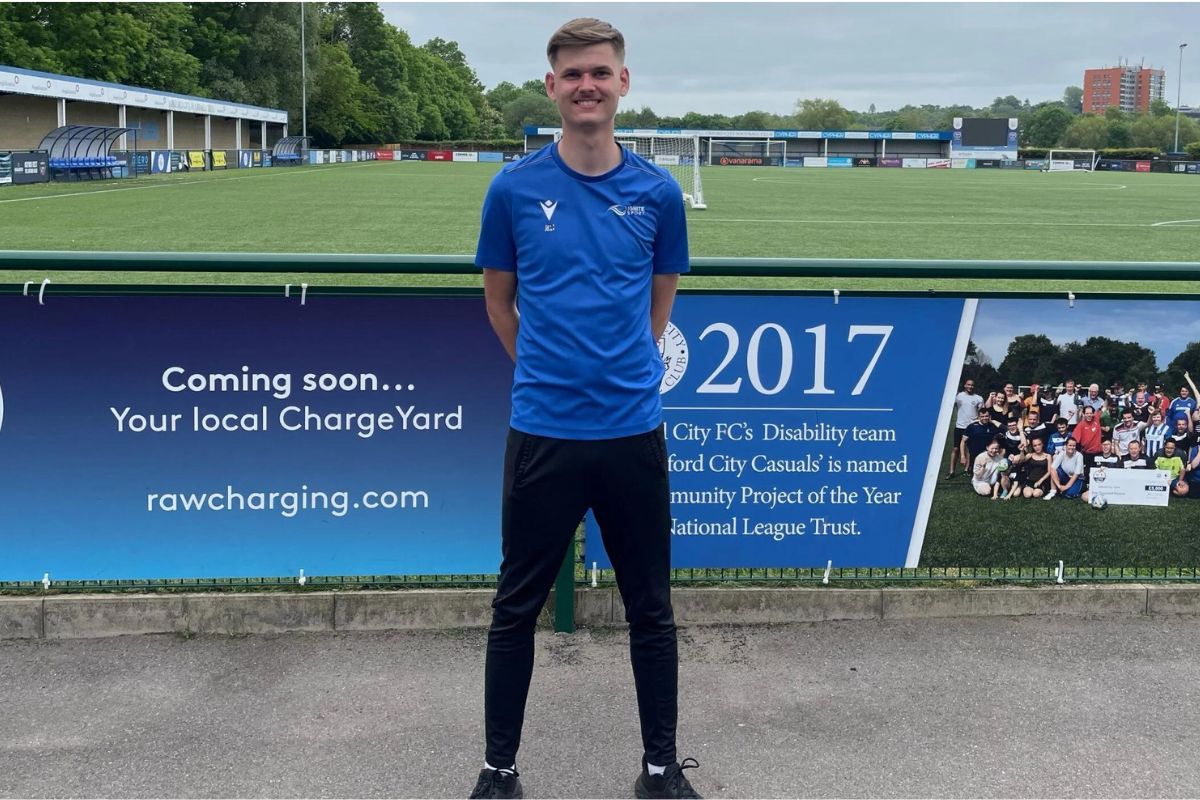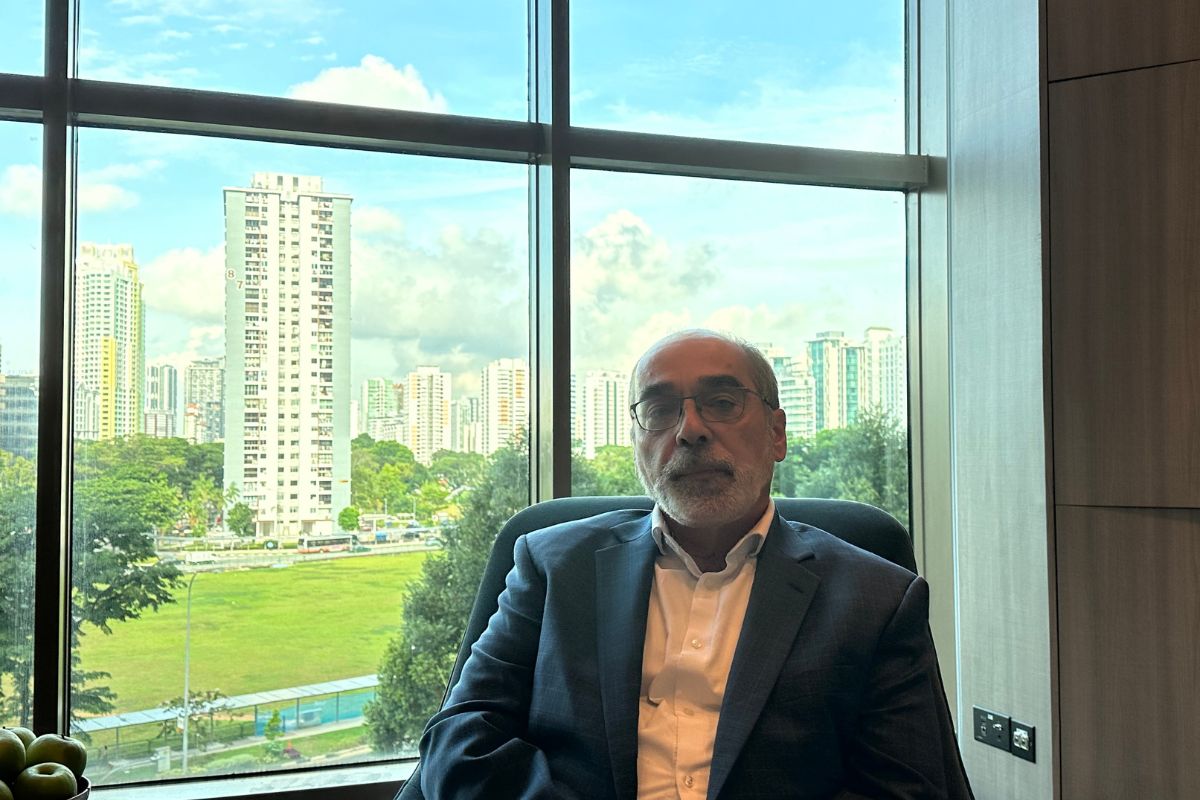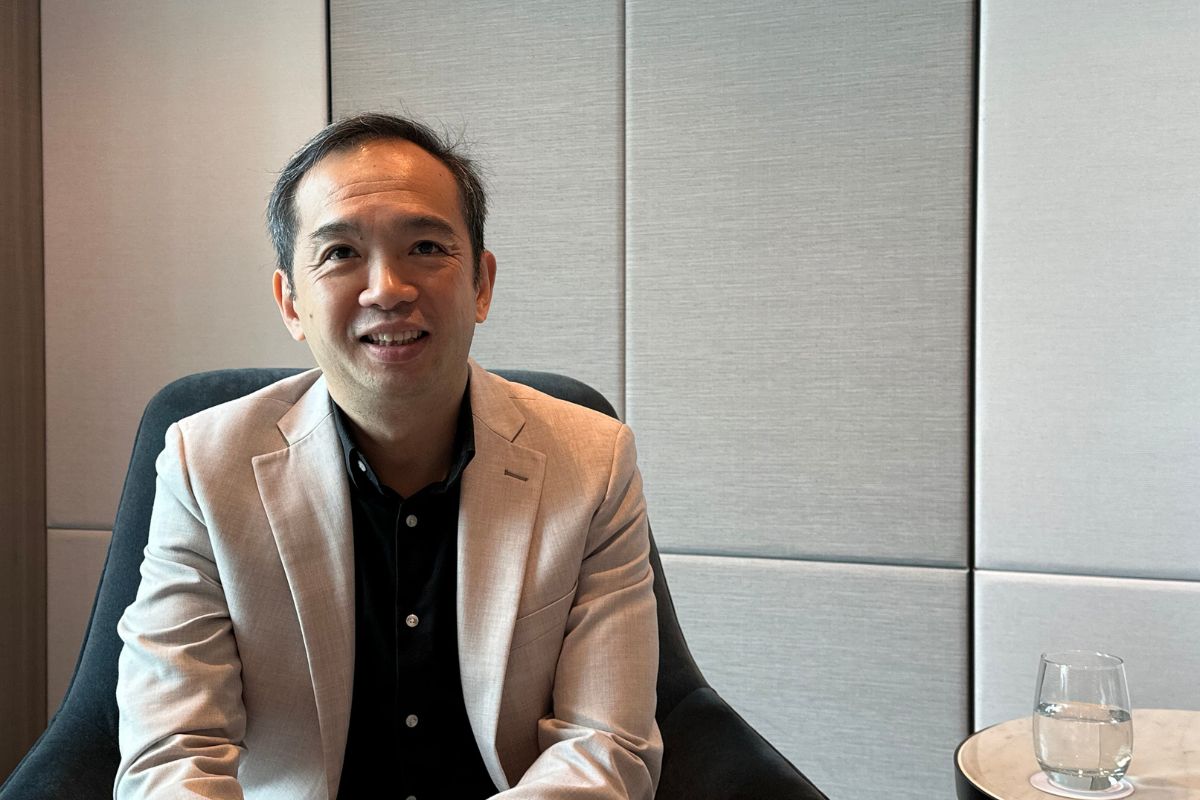Students using social media to form business contacts

It is usually the objective of vocational courses to motivate learners with insights into the business to which they are being directed. Good motivation should lead to learners to have better engagement with their course and this in turn will have a positive effect on completions and achievement. In the case of those aiming for a career in arts and media the business sector is not so corporate and many small businesses network constantly as they deal with clients and commissions. For one digital media course at Newcastle College experiences of this sort are introduced right from the start.
The main social media choice is Twitter. The programme leader uses Twitter in the classroom for research and to make links to employers, for example:
‘to ask people’s opinions online, follow important people, put a question for example on Twitter – ask a question, as long as is the right people see that question, then they’ll answer it. If the students have a questions they’ll ask the opinion of the industry, and everyone has their opinion on certain things; if it is subjective like for example, the best way to code a particular thing, you can ask that question on Twitter and you probably get maybe three or four ways to solve that particular problem and is really good for the students to understand that there is no one way to doing things and it is not just the tutor’s opinion that matters, you need to look wider, you need to look at other options’.
The programme leader also uses Twitter to make links to professionalism, for example, by making learners aware that web designers use social media in their professional practice.
‘Twitter could be used to consult ‘types of frameworks, plugins, etc.’, and also that it helps to realise that ‘the answers are not always on Google’. They can ask ‘real professionals how they do their jobs’.
At the beginning of the course some students are afraid of using social media
‘worried about speaking out, there is low confidence, they don’t want to post their design work to get critique, are afraid of bad responses etc.’
However, she encourages students to use social media to develop industry habits. She believes that most people want students to do well and those in industry are keen to help students, because
‘they were there themselves once, and they might be future employees and so would wish to provide encouragement’
She also asserts that trying to encourage students to tweet work and to receive critique is difficult but once they start, it takes off. She makes learners aware that currently graduates applying for jobs as web designers, web developers or app designers would not look on newspapers, recruitment websites or company’s websites; people now look for Twitter, blogs, etc., to check professional’s work.
The programme leader points out that at the beginning of the course some students mainly use social media for personal purposes and find it difficult to understand its usefulness. For example, at the beginning of the course she opened a Twitter account but some students did not know what to do with it, that they could follow key people, find useful articles, etc. During interview stages she makes learners aware of the expected use of social media – as a component of the course. She identifiers that in her industry Facebook is very much personal, you don’t get much promotion through Facebook. However on the use of other platforms,
‘I’d say to be quite honest, if they are not using social media they are going to find it very difficult to get opportunities in our area because that’s where people are looking’.
The programme leader incorporates specials sessions on how to use Twitter (how to tweet, who to follow, etc.), and assert how sometimes you have people from the industry joining in. She describes it as a
‘room full of industry people all together and you are going in and dipping into their conversations and maybe joining in [networking], yes, it is like networking’.
The programme leader also uses Facebook. This is currently a closed group and she is the administrator of it, she moderates members of the group, everything posted is private. Partly Facebook is a tool to get them using social media. She encourages students to post pictures of their design work on FB;
‘posting out to the general public is probably quite scary for some of them straightaway, posting just on the Facebook page where there are 20 students and me, is kind of a soft approach to getting some feedback and getting them used to how they might use social media’.
The main challenges in the use of Twitter and Facebook for this group of media students were:
- Getting students to see how essential social media were in the live digital media business
- Helping them to gain confidence in accepting critique
- Coaching them on etiquette
- Maintaining a business-like on-line profile
Developing good habits in learners who plan to work in a particular business sector has always been an objective of course leaders. Increasingly this work demands that attention is paid to the role which social media has within that business sector.
Leo Morantes-Africano (pictured) is a tutor and Elizabeth Gardiner a lecturer at Newcastle College











Responses